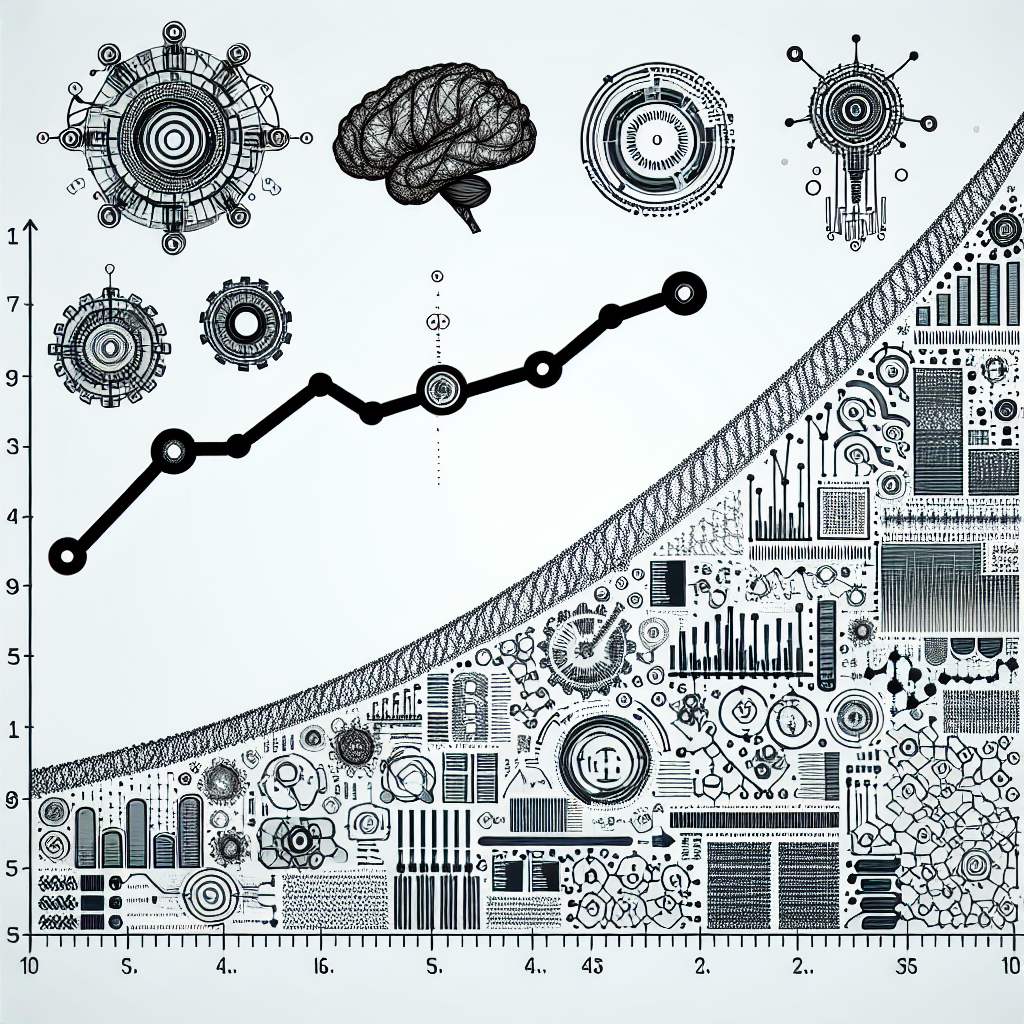Generative Artificial Intelligence (AI) algorithms are a type of AI that can create or generate new content, such as images, text, or music, based on patterns and data that it has been trained on. These algorithms have made significant advancements in recent years, leading to a surge in interest and excitement about their potential applications.
The evolution of generative AI algorithms can be traced back to the early days of AI research, where researchers started exploring ways to generate new content using machine learning techniques. Over time, these algorithms have become more sophisticated and powerful, thanks to advancements in machine learning, deep learning, and neural networks.
One of the key milestones in the evolution of generative AI algorithms was the development of Generative Adversarial Networks (GANs) by Ian Goodfellow and his colleagues in 2014. GANs are a type of AI algorithm that consists of two neural networks – a generator and a discriminator – that work together to generate new content. The generator creates new content, while the discriminator evaluates the content and provides feedback to the generator, allowing it to improve over time.
Since the introduction of GANs, researchers have made significant progress in developing new generative AI algorithms that can generate high-quality content across various domains. For example, researchers have developed algorithms that can generate realistic images, create music, and even write stories and poems. These advancements have opened up new possibilities for using AI to automate creative tasks and assist artists and creators in their work.
One of the key factors driving the evolution of generative AI algorithms is the availability of large datasets and powerful computing resources. With access to vast amounts of data and computational power, researchers can train more complex and sophisticated AI models that can generate more realistic and diverse content. In addition, advancements in deep learning techniques, such as convolutional neural networks and recurrent neural networks, have enabled researchers to build more effective generative AI algorithms.
Another important development in the evolution of generative AI algorithms is the emergence of transfer learning techniques. Transfer learning allows researchers to leverage pre-trained AI models and adapt them to new tasks or domains with minimal additional training. This approach has made it easier for researchers to develop generative AI algorithms for specific applications, such as image generation, text generation, and music composition.
Generative AI algorithms have a wide range of potential applications across various industries and domains. For example, in the entertainment industry, generative AI algorithms can be used to create realistic visual effects for movies and video games, generate music and sound effects, and even design virtual characters and environments. In the field of design and creativity, generative AI algorithms can assist artists and designers in generating new ideas and concepts, automating repetitive tasks, and enhancing the creative process.
However, the evolution of generative AI algorithms has also raised concerns about the ethical implications of AI-generated content. For example, there are concerns about the potential misuse of generative AI algorithms to create fake news, deepfakes, and other forms of misinformation. Researchers and policymakers are working to address these challenges by developing ethical guidelines and regulations for the responsible use of AI technology.
In conclusion, the evolution of generative AI algorithms has led to significant advancements in AI research and technology. These algorithms have the potential to revolutionize the way we create and interact with content, opening up new possibilities for automation, creativity, and innovation. As researchers continue to push the boundaries of generative AI technology, we can expect to see even more exciting applications and developments in the years to come.
FAQs:
Q: What are some examples of generative AI algorithms?
A: Some examples of generative AI algorithms include Generative Adversarial Networks (GANs), Variational Autoencoders (VAEs), and Transformer models. These algorithms can be used to generate images, text, music, and other forms of content.
Q: How are generative AI algorithms trained?
A: Generative AI algorithms are typically trained on large datasets of examples in a specific domain, such as images or text. The algorithm learns patterns and relationships in the data and uses this information to generate new content.
Q: What are some potential applications of generative AI algorithms?
A: Generative AI algorithms have a wide range of potential applications, including creating realistic visual effects for movies and video games, generating music and sound effects, assisting artists and designers in the creative process, and automating repetitive tasks in various industries.
Q: What are some ethical concerns related to generative AI algorithms?
A: Some ethical concerns related to generative AI algorithms include the potential misuse of AI-generated content to create fake news, deepfakes, and other forms of misinformation. Researchers and policymakers are working to address these challenges by developing ethical guidelines and regulations for the responsible use of AI technology.

